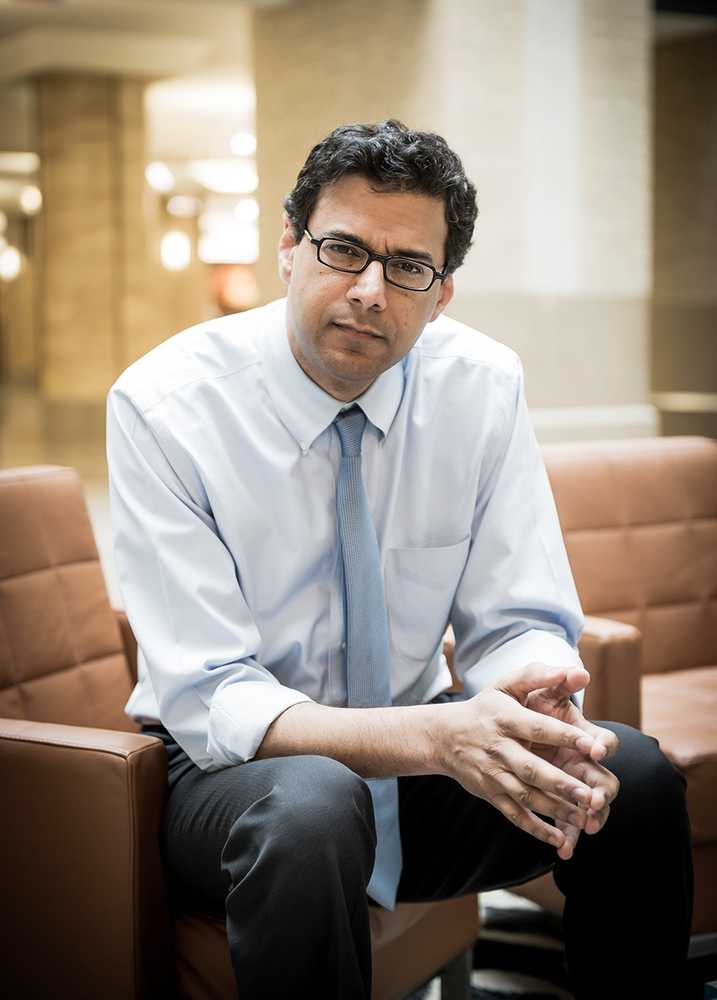Last night’s dessert was spectacular.
As with many finales, that perfect ending to a perfect meal left you satisfied for the rest of the evening. It was, like some conclusions – a little nightcap, a final chapter, a last dance, the lingering notes of a favorite song – a thing to savor.
Can the end of life be so sweet? Perhaps; there are steps to make it so, as you’ll see in the new book “Being Mortal” by Atul Gawande.
For about the last century, the average lifespan for North Americans has been increasing. Modern medicine has taught doctors how to save lives but, until relatively recently, it didn’t teach them how to deal with life’s end.
That, says Gawande, is unfortunate. In many cases, doctors feel extremely uncomfortable discussing the end of life with their patients. That often leads to protocol that precludes quality of life when there isn’t much life left to have.
We’ve come to this point, this reluctance to face death, because we’re no longer familiar with it. A century ago, people died at home, often after self-treating their ailments. Hospitals were not places to get better, says Gawande; medicine back then usually had little impact on life or death. When penicillin, sulfa, and other drugs became available, however, hospitals became places for cure. Nursing homes, he says, were for people who needed additional care before going home.
But medicine isn’t the only thing that’s changed: aging has, too. We live longer, we expect our parts to last longer, and we’re surprised when health fails. But does that make aging a medical problem?
To a geriatrician, it might be – but Gawande says there aren’t enough doctors of geriatrics and, without them, we have a lessened chance to sidestep problems that could diminish the quality of life in later years. He says, in fact, that the elderly don’t dread death, so much as they dread the losses leading up to it: loss of independence, of thought, of friends.
But long before that happens, Gawande says, there are conversations that need having; namely, what treatments should, or should not, be done? How far would you want your physician to go?
Let me tell you how much I loved this book: I can usually whip through 300 pages in a night. “Being Mortal” took me three.
Part of the reason is that author Atul Gawande offers lingering food for thought in practically every paragraph – whether he writes about the history of aging and dying, one of his patients, or someone in his own family. I just couldn’t stop thinking about the points he made with his anecdotes and with this information, how it could radicalize our lives, and how it fits for just about everybody.
We are, after all, not getting any younger.
I think if you’re a caretaker for an elderly relative or if you ever plan on growing old yourself and want to maintain quality of life, this book is an absolute must-read. For you, “Being Mortal” is informative to the end.
The Bookworm is Terri Schlichenmeyer. Email her at bookwormsez@gmail.com.

